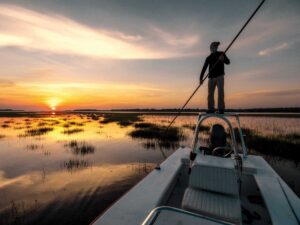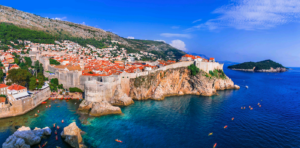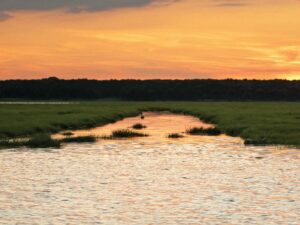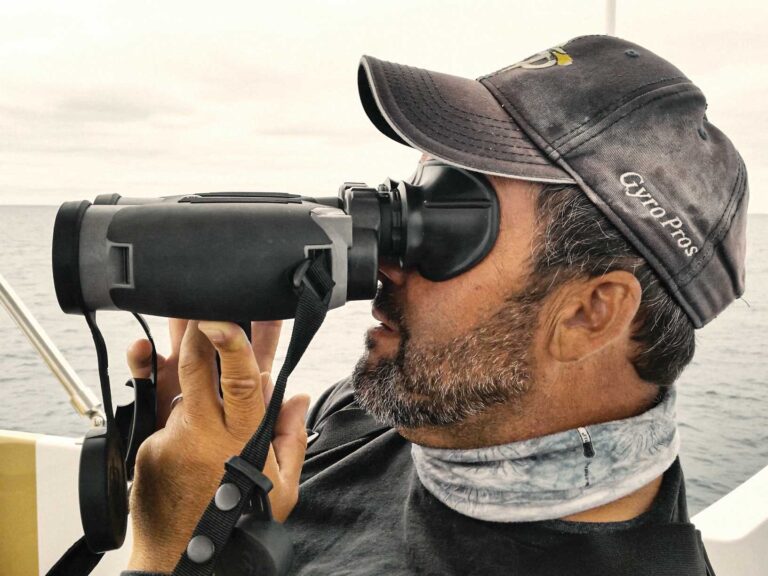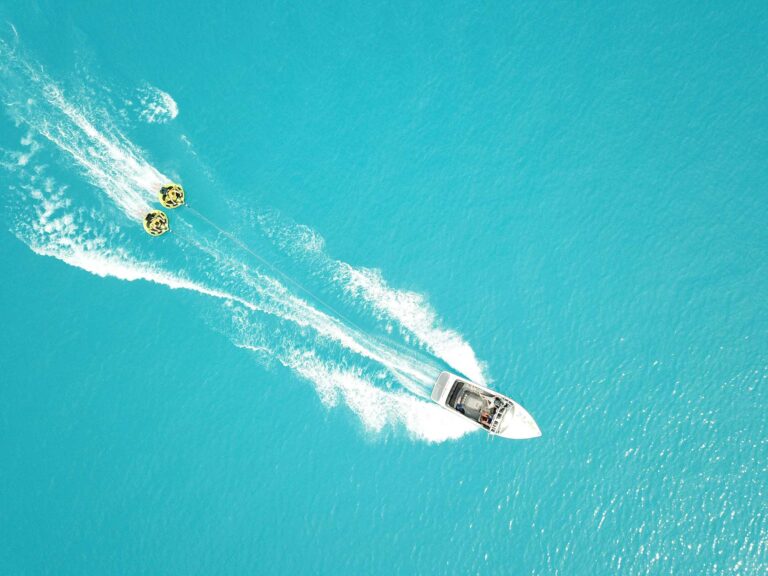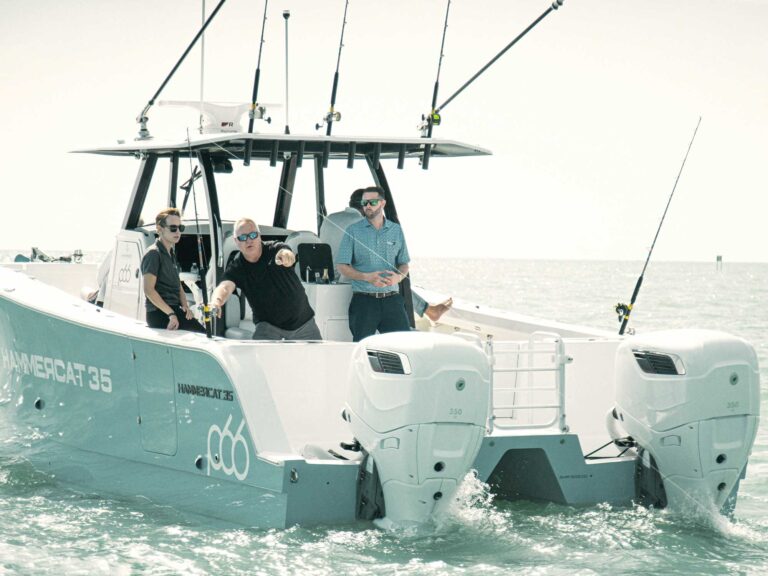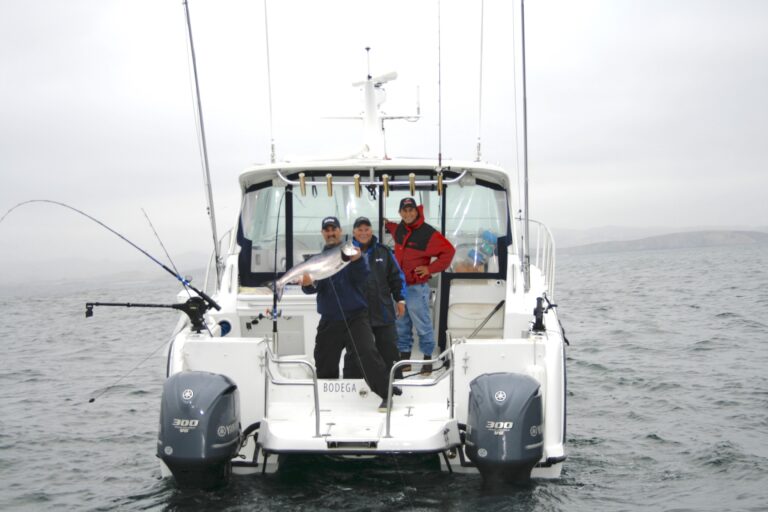Salt Water Sportsman has the best places for you to fish for the most popular saltwater species during November and December. With two locations per fish species, you can’t go wrong abiding by this guide if you’re looking for a great trip and even better catch.
Pacific Blue Marlin
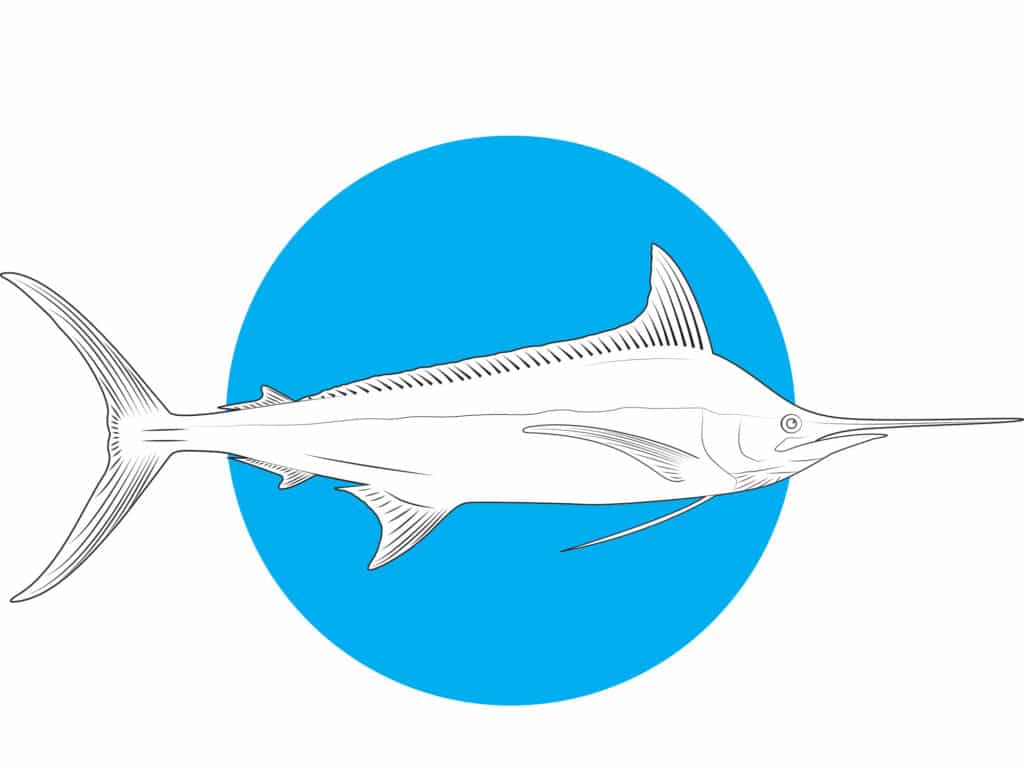
First choice: Ecuador
Second choice: Panama
Ecuador’s famous Marlin Boulevard earned its reputation by steadily producing big marlin, and this time of year, plenty of 500-plus-pound blues are drawn to the area. In Panama, blue marlin action begins to heat up between Jaque and Isla Jicaron. With more dolphin, tuna and bonito available, the number of blues on the hunt increases, and so do chances of raising several, especially for crews trolling live baits.
Atlantic Blue Marlin
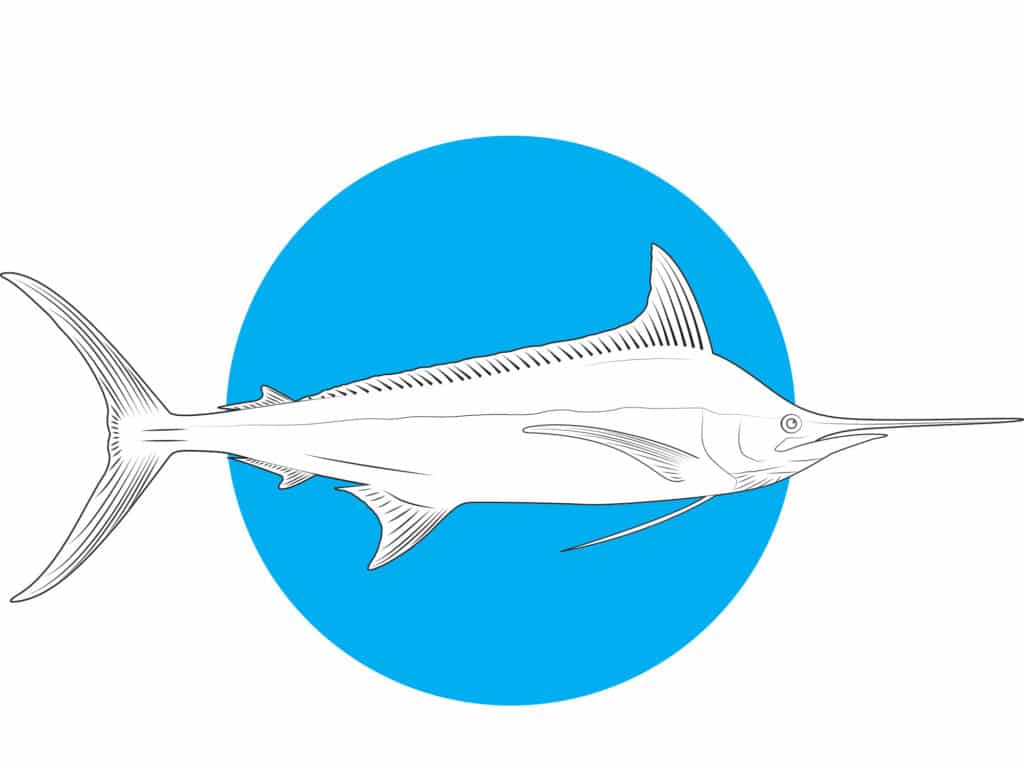
First choice: Brazil
Second choice: Ascension Island
Anglers hoping to tangle with big Atlantic blues should consider Brazilian waters, particularly around Royal Charlotte Bank off Canavieiras, where a seasonal influx of yellowfin tuna attracts plenty of 500- to 800-pounders. Ascension Island, halfway between the coasts of Brazil and Africa, offers top-notch marlin action this time of year, and might be the best place to score a grander Atlantic blue.
Black Marlin
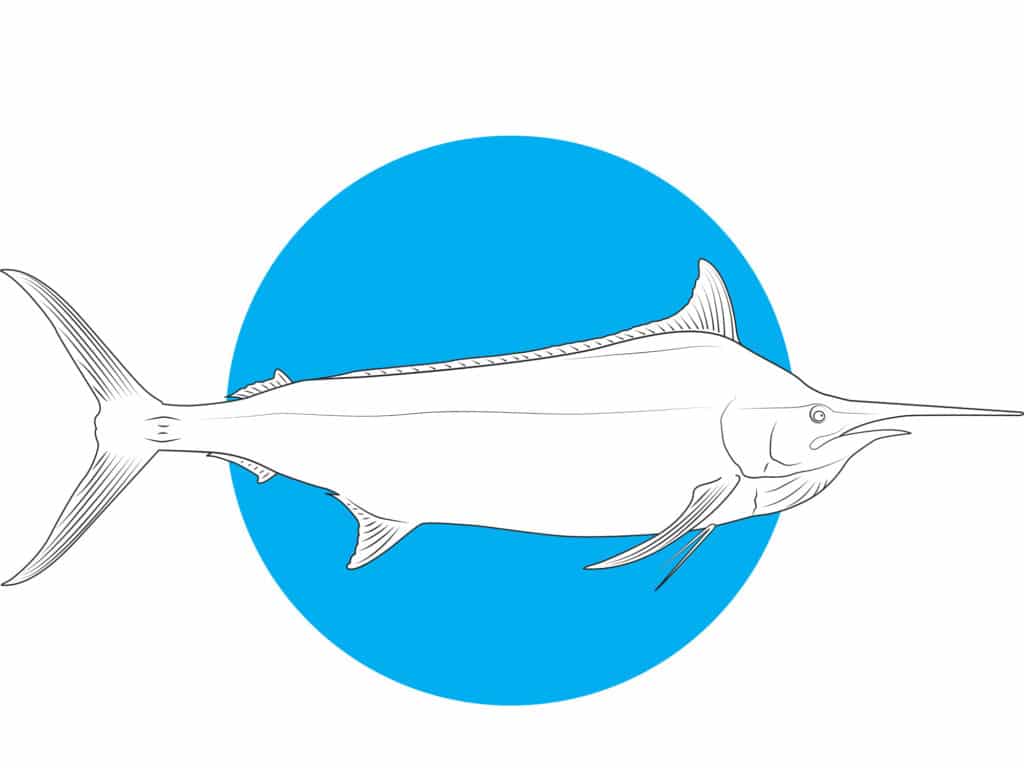
First choice: Australia
Second choice: Panama
The giant blacks patrolling Australia’s Great Barrier Reef start heading for the exits, but enough stick around to give anglers decent chances for success. In fact, hooking a grander is still a possibility. In Panama, black marlin fishing improves with the increasing presence of forage species. This time of year, boats trolling live baits around floating debris often raise multiple blacks a day.
White Marlin
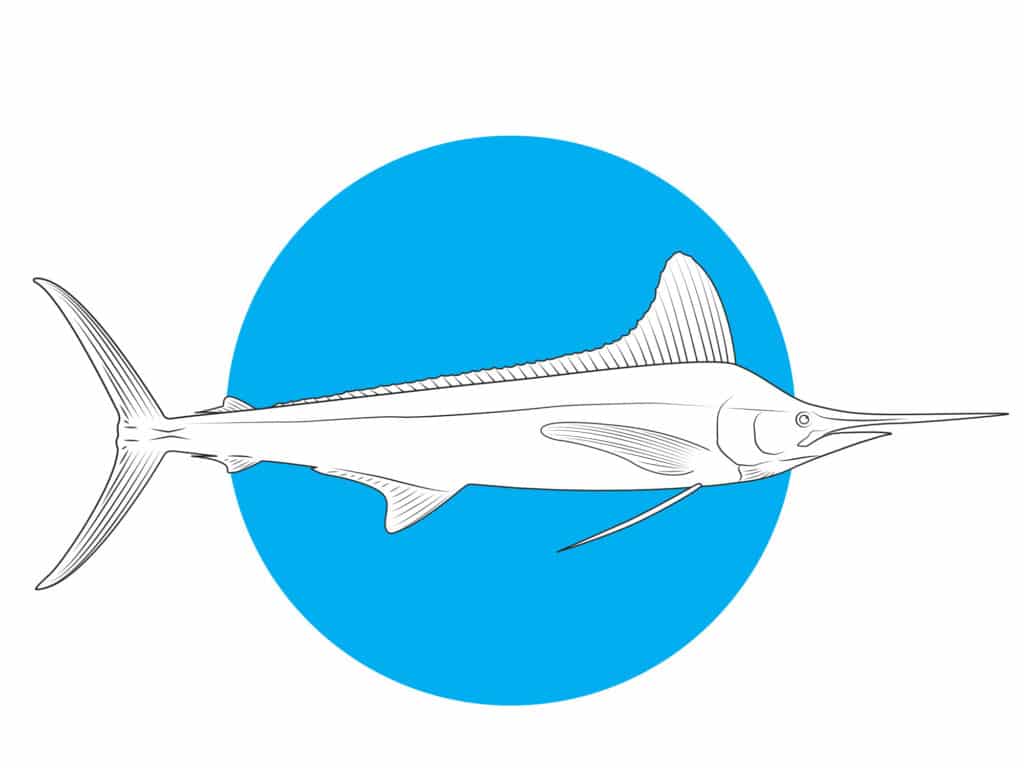
First choice: Brazil
Second choice: Grenada
Whites are supposed to be the smallest of the marlin species, but they run quite large—some exceed 150 pounds—off Vitoria, Brazil, where the likelihood of tallying several daily releases remains strong. In the eastern Caribbean, Grenada boasts a solid white marlin bite that peaks during winter. A mile-long underwater structure—simply called the Hump—about 15 miles west off St. George’s is a good place to look.
Atlantic Sailfish
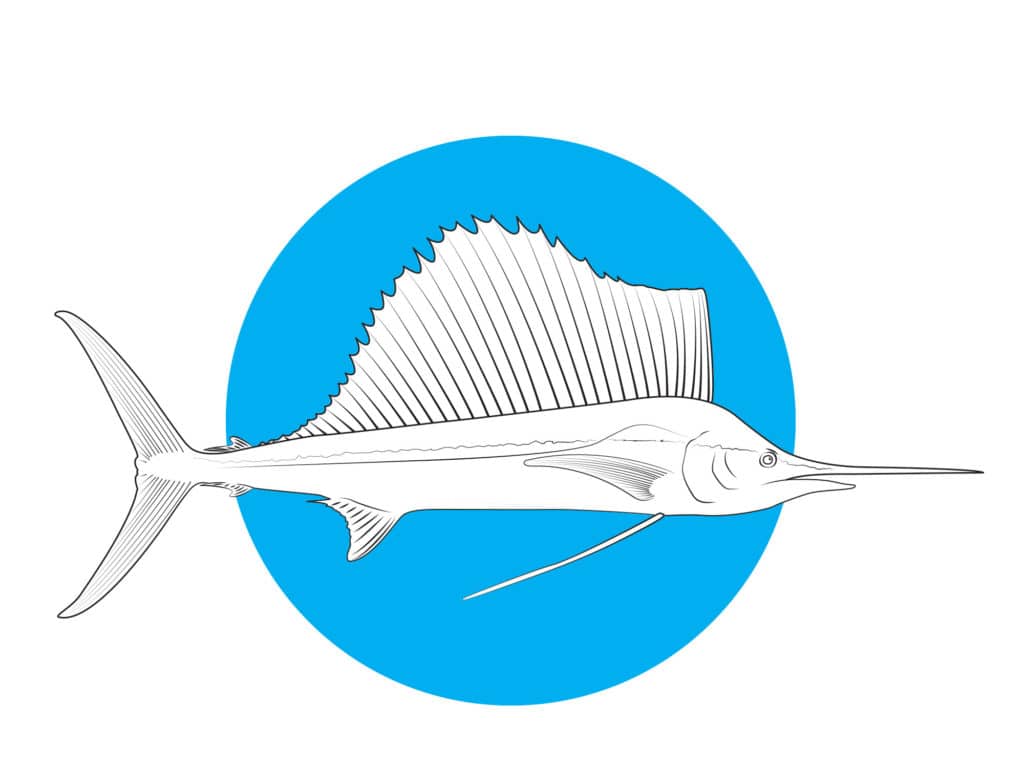
Atlantic Sailfish
First choice: Florida
Second choice: Mexico
Sailfishing improves along Florida’s east coast with incoming cooler weather. Expect reliable action from Fort Pierce down to Key West, and closest to shore between Palm Beach and Key Largo. In Mexico, sailfish start to congregate in the Yucatan Channel, where the incoming droves will stage until late spring, feasting on schooling baitfish, first off Puerto Morelos and Cozumel, then off Cancun and Isla Mujeres.
Pacific Sailfish
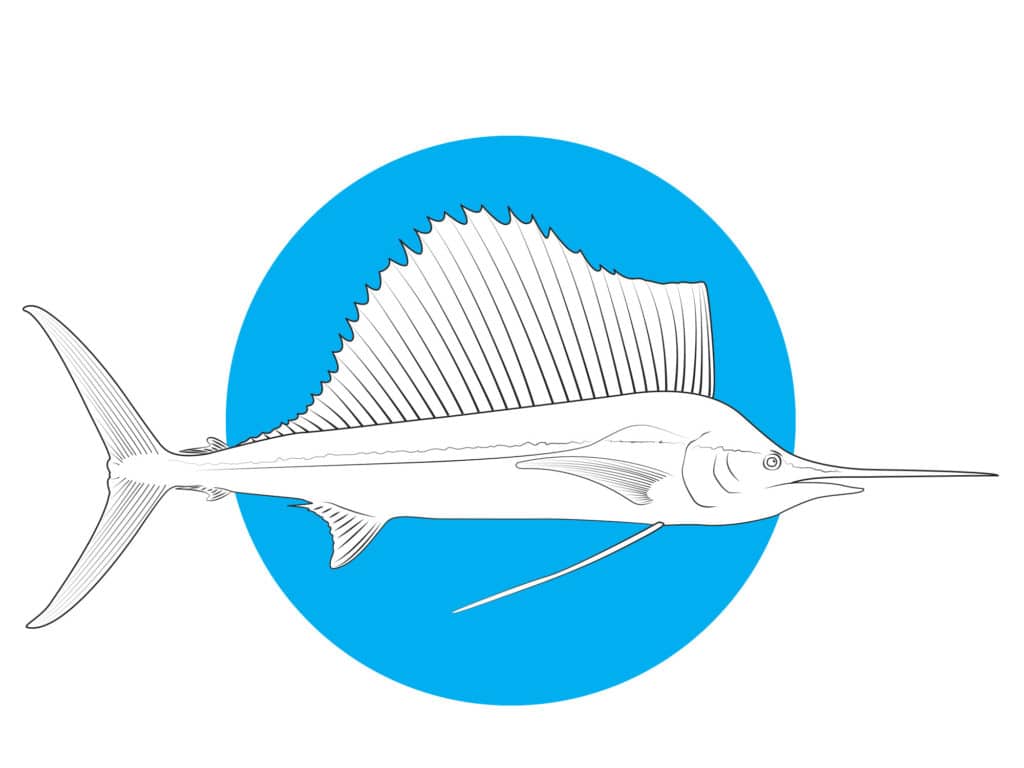
First choice: Guatemala
Second choice: Costa Rica
Sails again dominate the offshore fishing landscape in Guatemala as they return to peak-season numbers, and require a shorter run from Iztapa or neighboring Puerto Quetzal to get in on the action. Along with drier weather, December brings excellent sailfishing to Costa Rica’s south and central Pacific coasts, enabling boats out of Drake Bay, Golfito, Quepos and Los Sueños to enjoy some epic days.
Striped Marlin
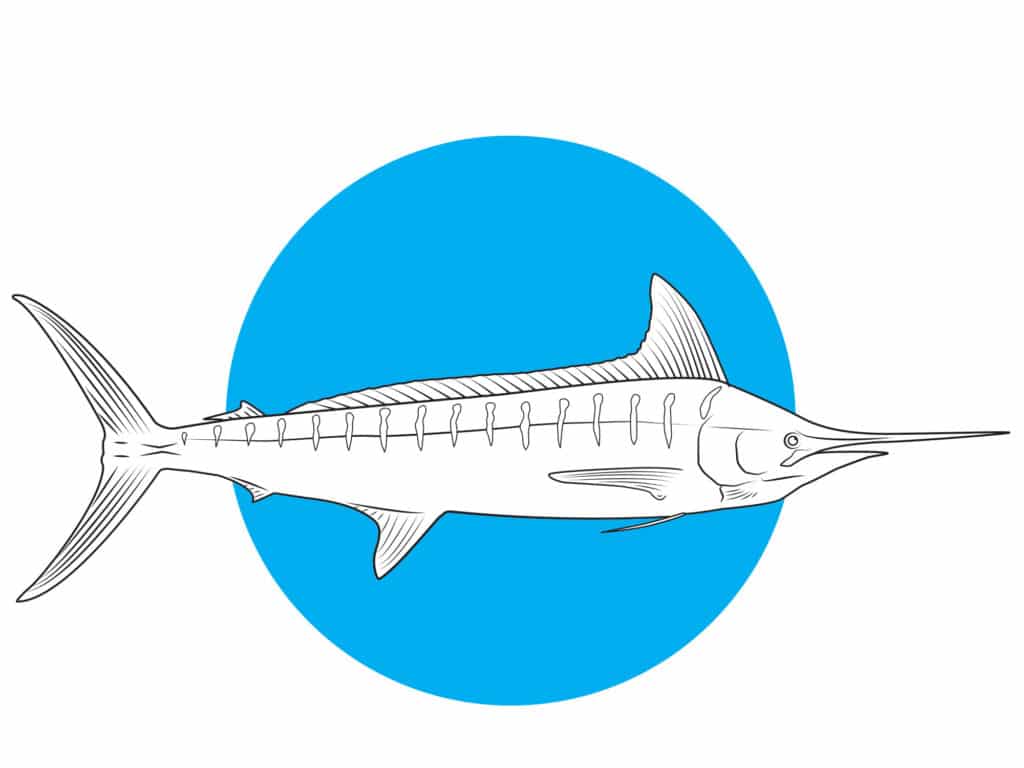
First choice: Mexico
Second choice: Australia
If stripes are what you chase, Cabo San Lucas is your place as a plethora of nearby hotspots, including Cerro de Arena, Las Margaritas, Migrino, Pozo de Cota and scenic Los Arcos, begin to produce steadily. In Australia, it’s time for striped marlin fans to head to Port Stephens, where the bite historically turns on this month. Seal Rocks, Broughton Island, the Lighthouse and the Gibber are among the top areas.
Wahoo
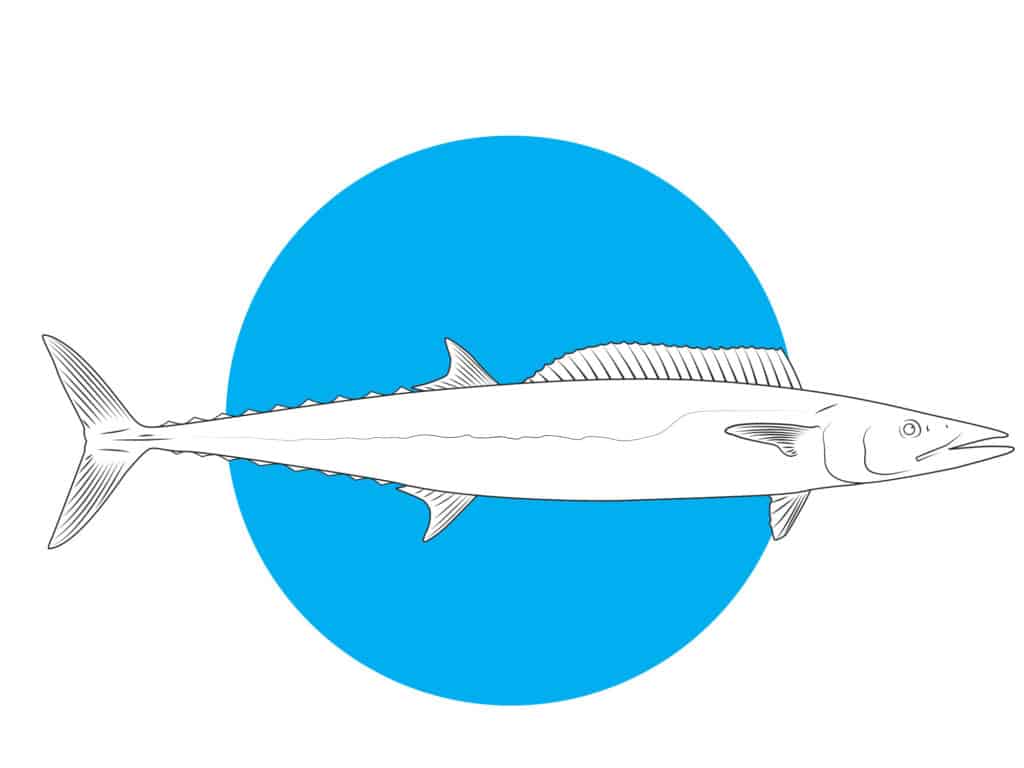
First choice: Bahamas
Second choice: Bermuda
The annual wahoo run in the Bahamas is in full swing. San Salvador and Cat Island get top billing, but other spots, like the western edges of Little and Great Bahama banks, from Cat Cay north to Matanilla Light, are also reliable. In Bermuda, now is when more specimens exceeding 50 pounds are caught. High-speed-trolling lure-ballyhoo combos yields its share, but slow-trolling live baits often proves more effective on big fish.
Yellowfin Tuna
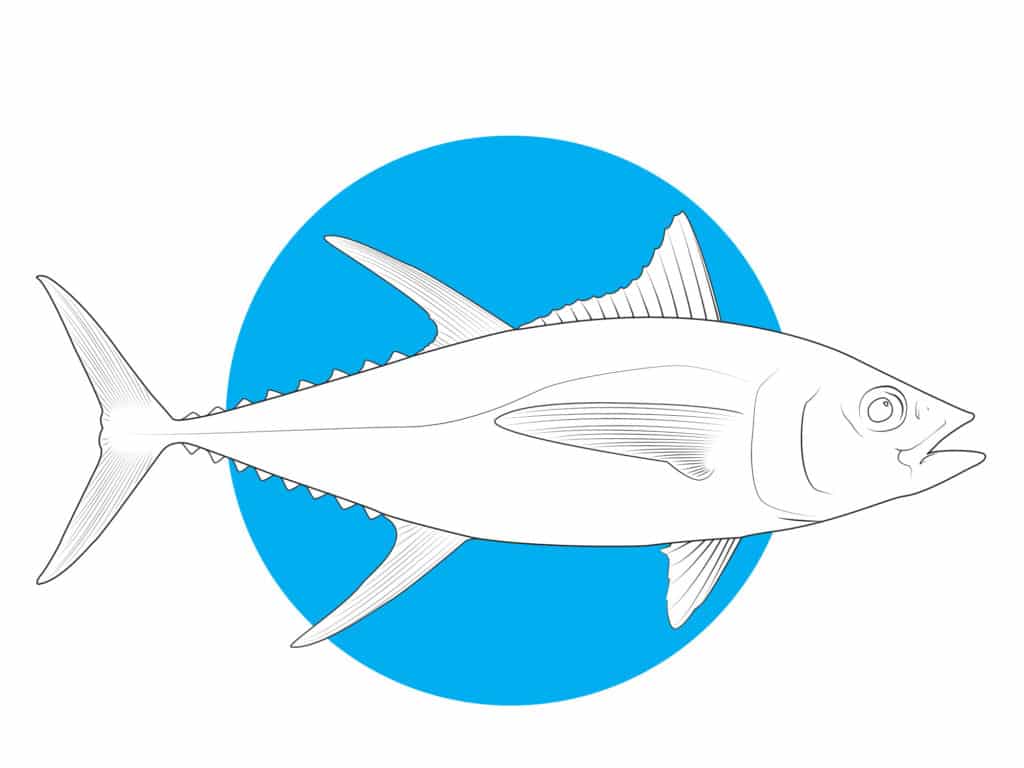
First choice: Bermuda
Second choice: North Carolina
Yellowfins abound at Bermuda’s Argus and Challenger banks this time of year, and both local and visiting boats cash in with tactics ranging from trolling lures and spreader bars to rigged or live baits, and chumming and chunking. In North Carolina’s Outer Banks and Crystal Coast, yellowfin tuna fishing is good but spotty as schools of 40- to 80-pounders constantly approach and move away from the first drop.
Bluefin Tuna
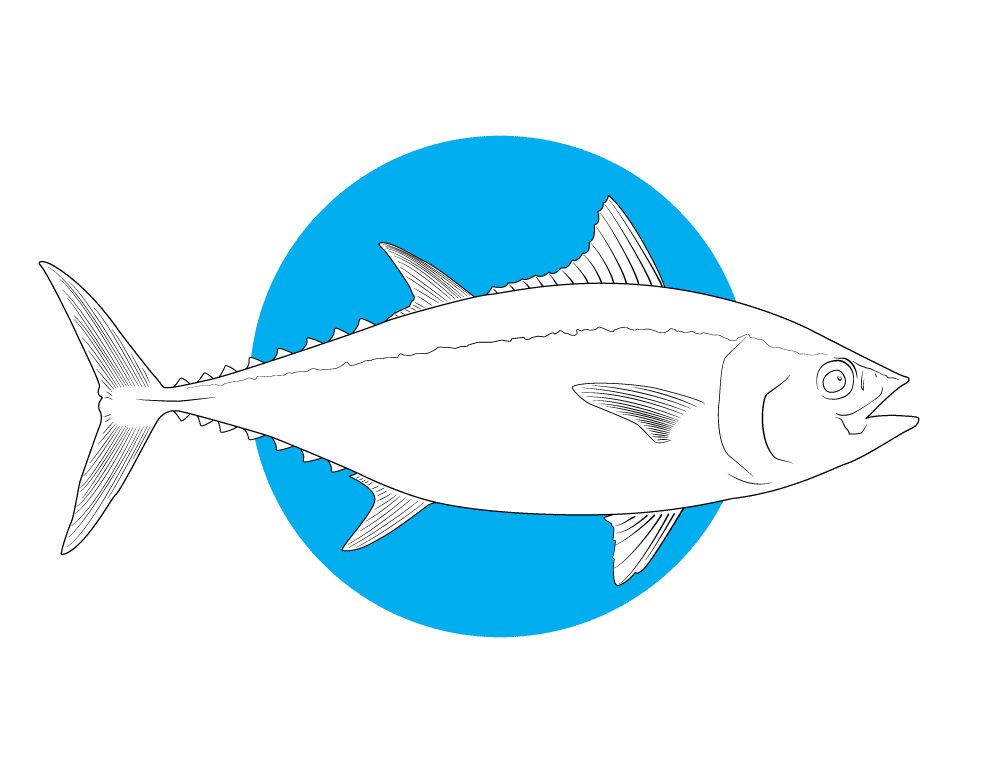
First choice: Massachusetts
Second choice: North Carolina
Schoolies to 100 pounds are still active in Massachusetts waters, and enough of the giants remain south of the Canadian border to make targeting them at Cape Cod Bay, Jeffries Ledge, and the banks of Tillies, Stellwagen and Georges worth it. Packs of 200- to 500-pounders play hide-and-seek off the beaches at Beaufort Inlet and Hatteras, North Carolina, where huge tuna have been hooked just 300 yards from the surf.
Bonefish
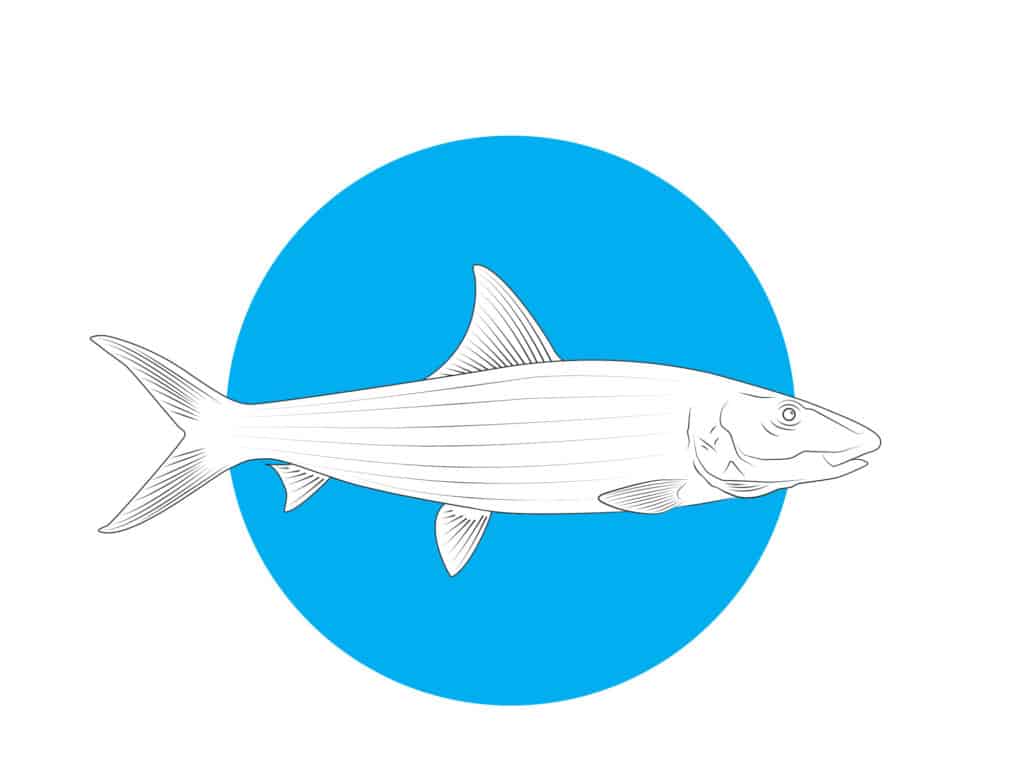
Bonefish
First choice: Bahamas
Second choice: Mexico
Windy conditions and dipping water temps in the Bahamas send bonefish to deeper water, where they school and churn up the bottom as they root for crustaceans and invertebrates. Some large specimens still patrol the edges of shallow flats in singles, pairs or small packs. In Mexico’s Yucatan, schools of 2- to 5-pounders remain active in the bays of Ascension, Espiritu Santo and Chetumal.
Snook
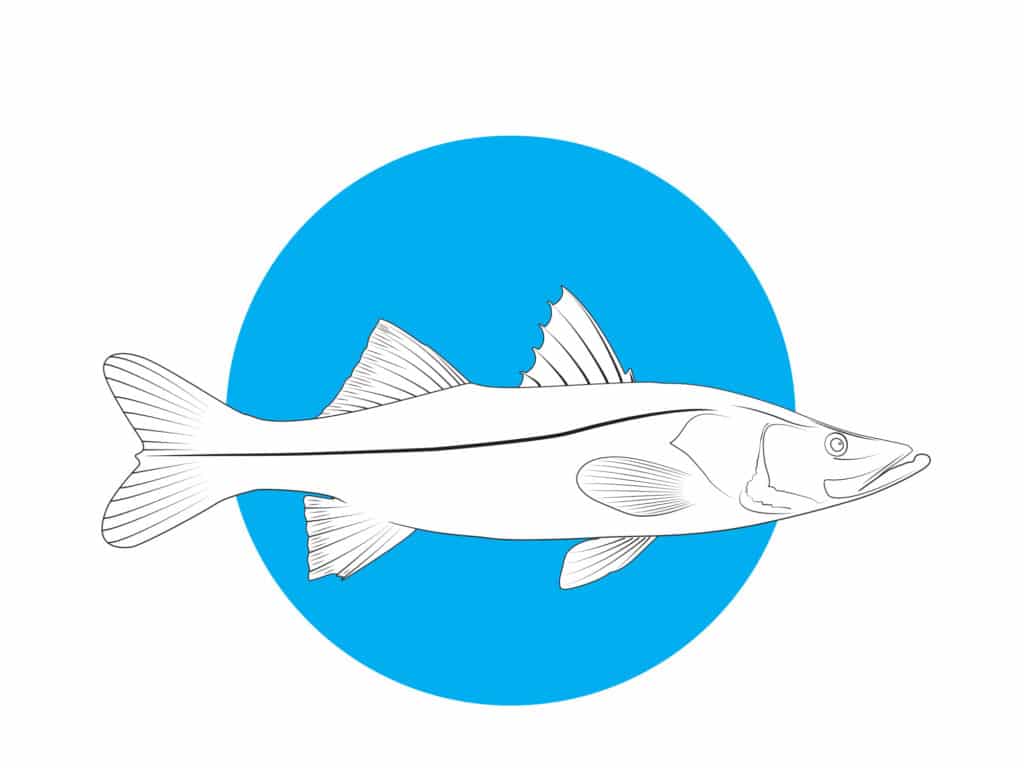
First choice: Florida
Second choice: Costa Rica
In Florida, snook retreat to their winter haunts, seeking protection in channels and coastal rivers, or deep in the backcountry, where mud bottom warms quickly with the sun. If live bait stops working, try suspending plugs and jerkbaits fished slowly, or fish ladyfish chunks on the bottom. In Costa Rica, calba (fat snook) gather inside the mouths of Caribbean-side rivers prior to spawning. Jigs do the trick.
Tarpon
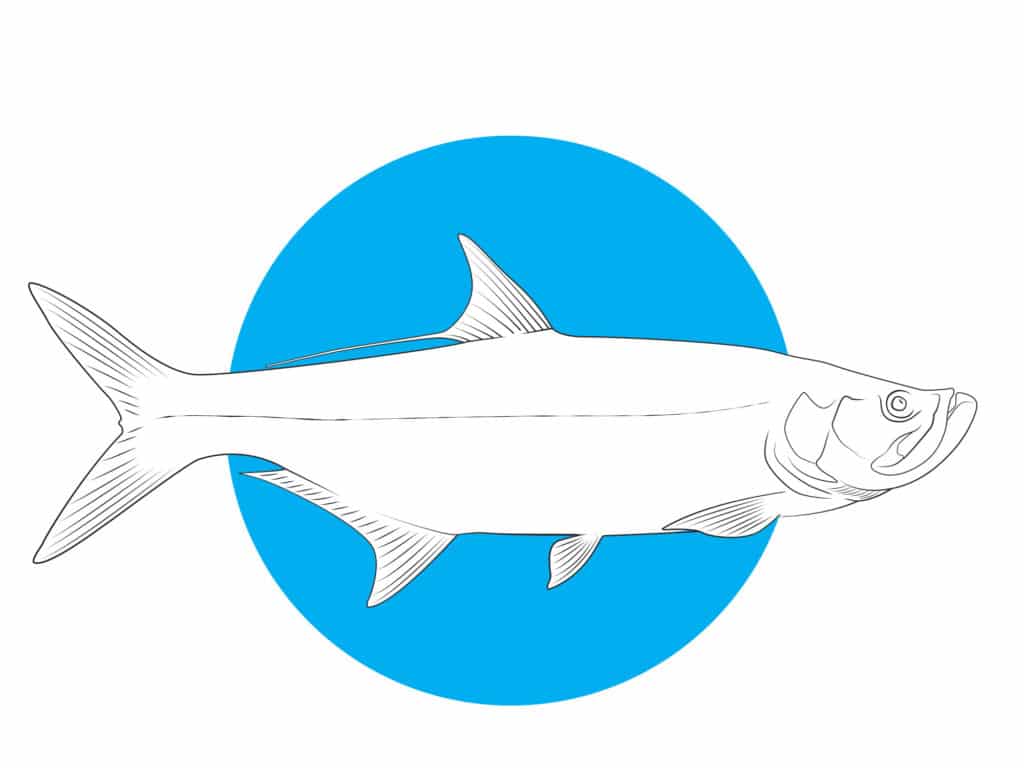
Tarpon
First choice: Florida
Second choice: Costa Rica
Florida’s resident tarpon begin to congregate in major inlets, like Government Cut in Miami and Port Everglades in Fort Lauderdale. Many hang out in the deeper spots of the channel, so use your fish finder to pinpoint them. Tarpon spread out and feed aggressively during shrimp runs, usually on nighttime spring falling tides. In Costa Rica, Barra Colorado and Parismina are solid options for tarpon.
Permit
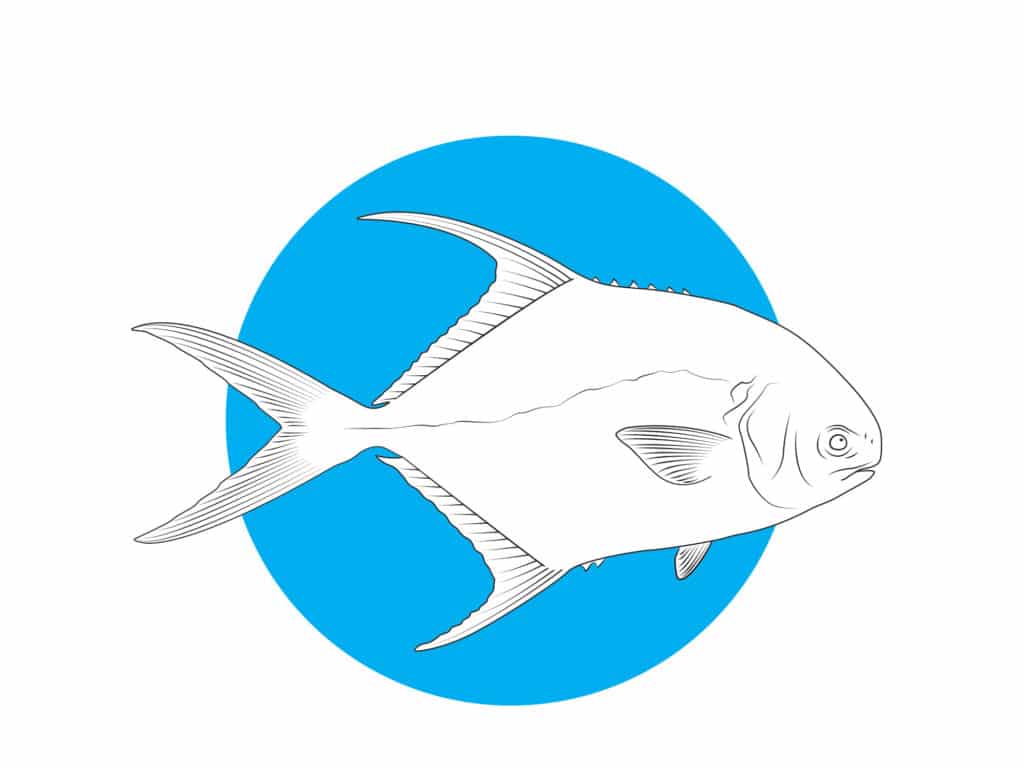
Permit
First choice: Belize
Second choice: Mexico
Mild weather conditions in Belize ensure consistent permit fishing for visiting anglers. The fabled 20-mile stretch of shoals known as Permit Alley, the outer atolls, and the grass flats in the north and south ends of the coast should afford plenty of shots. The bays of Ascension, Espiritu Santo and Chetumal, in Mexico’s Yucatan Peninsula, also offer good to great permit action this time of year.
Red Drum
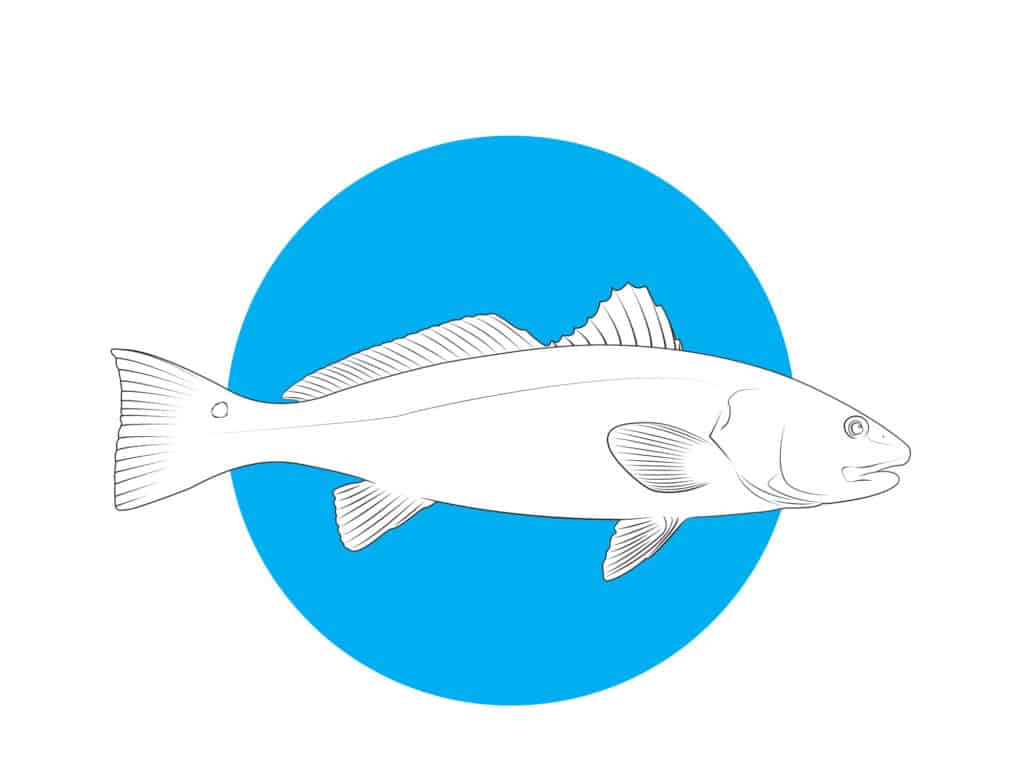
First choice: Louisiana
Second choice: Texas
Slot-size reds are widespread throughout Louisiana’s coastal marshes, often competing with freshwater bass. Expect the large spawners to start returning from the Gulf, and stage in pods and schools along outer islands and shoals. In the Lone Star State, redfish become increasingly prevalent along the Intracoastal Waterway, and in bays like Matagorda, Copano, Corpus Christi and Laguna Madre.
Striped Bass
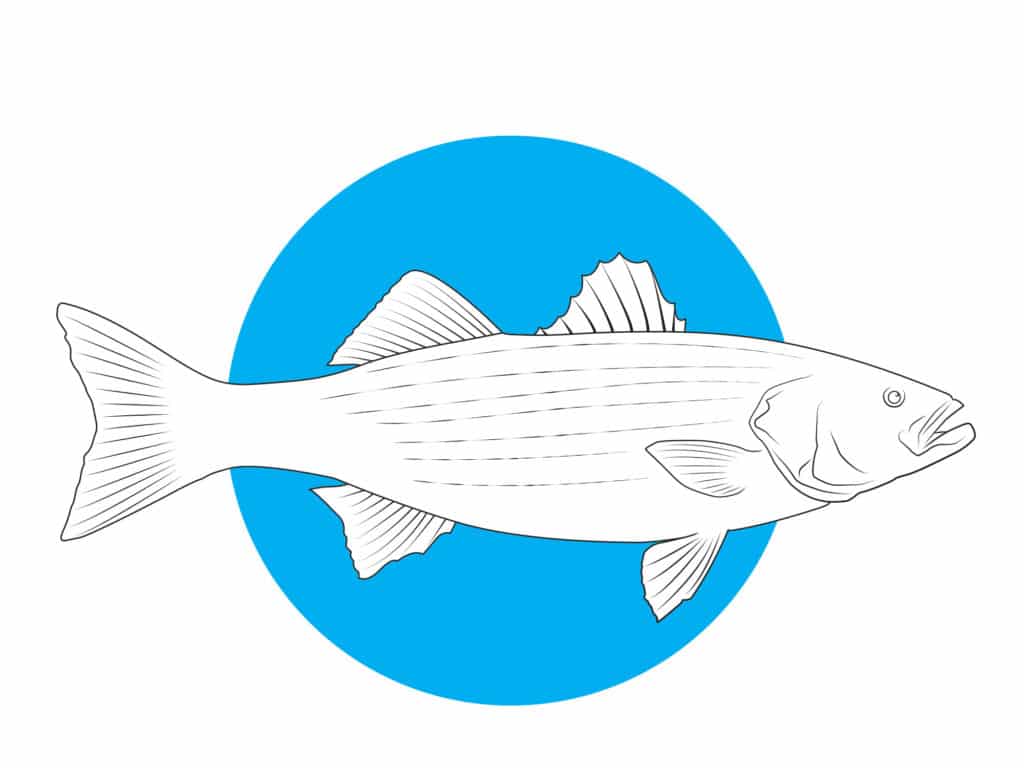
First choice: California
Second choice: Maryland
San Francisco Bay and the Sacramento Delta in California offer consistent striper action this time of year. Look for fish suspended around sunken structure, and drop bucktails and irons to cash in. Chesapeake Bay and the coastal rivers flowing into it are wintering grounds for thousands of East Coast stripers. Schooling bait and warmer water make for productive hangouts.
Swordfish
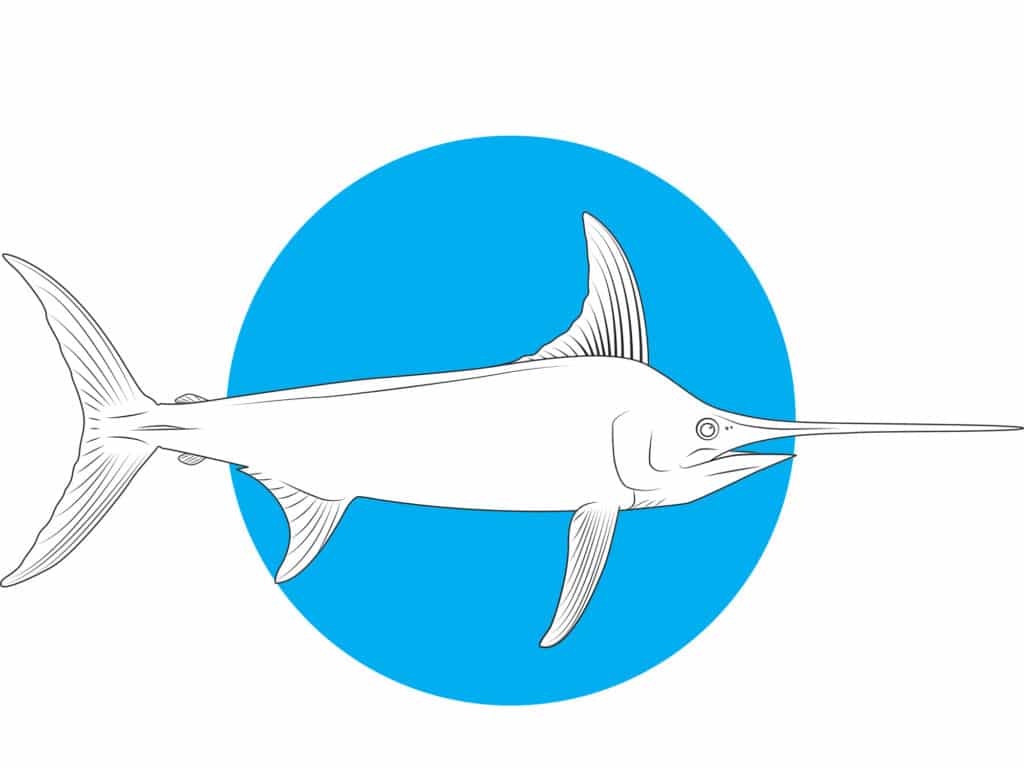
Swordfish
First choice: Florida
Second choice: Mexico
South Florida remains the top spot for broadbills as steep drop-offs and deepwater structure strewn off the coast from Palm Beach down to the Keys yield reliable action and good numbers of impressive specimens exceeding 200 pounds. In Mexico, the Yucatan Channel has the depth, structure and forage swordfish require, and local and visiting boats enjoy good results.
King Mackerel
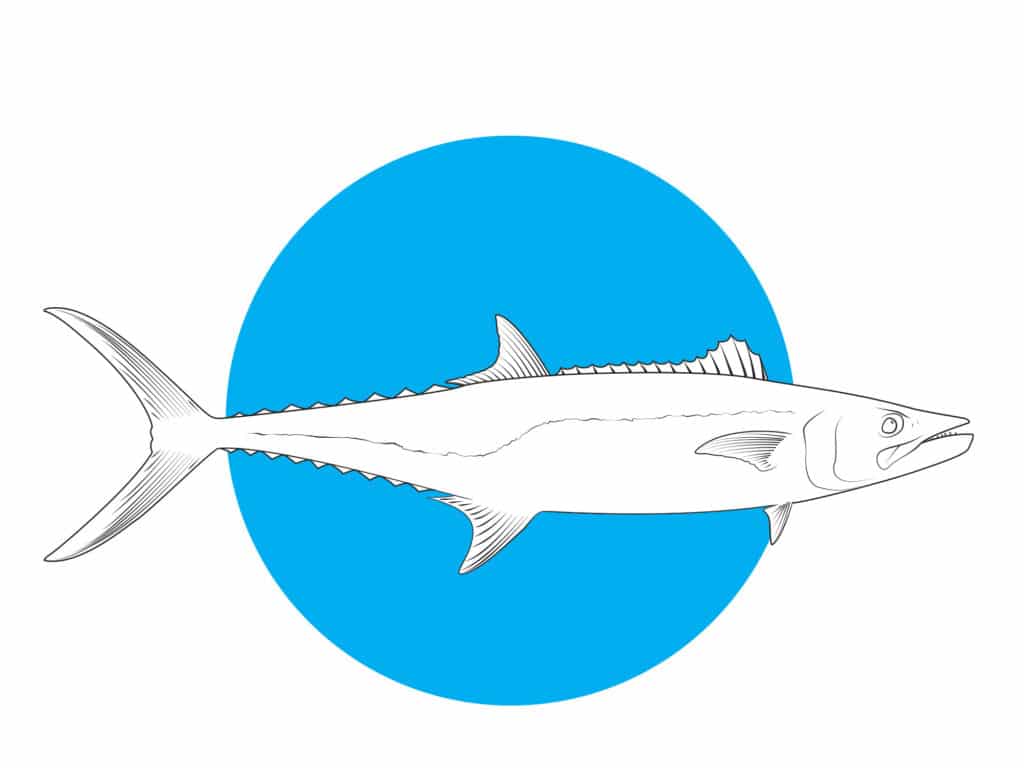
First choice: North Carolina
Second choice: Florida
Smoker kings are plentiful off the Outer Banks, North Carolina. Slow-trolling live menhaden or blue runners around nearshore wrecks and along the beaches, especially near inlets, should produce plenty of fish. In Florida, the bite west of Key West and along the Gulf gets better with cooling water. Troll or use sonar to locate fish, then anchor and chum with liveys to draw them in.
Seatrout
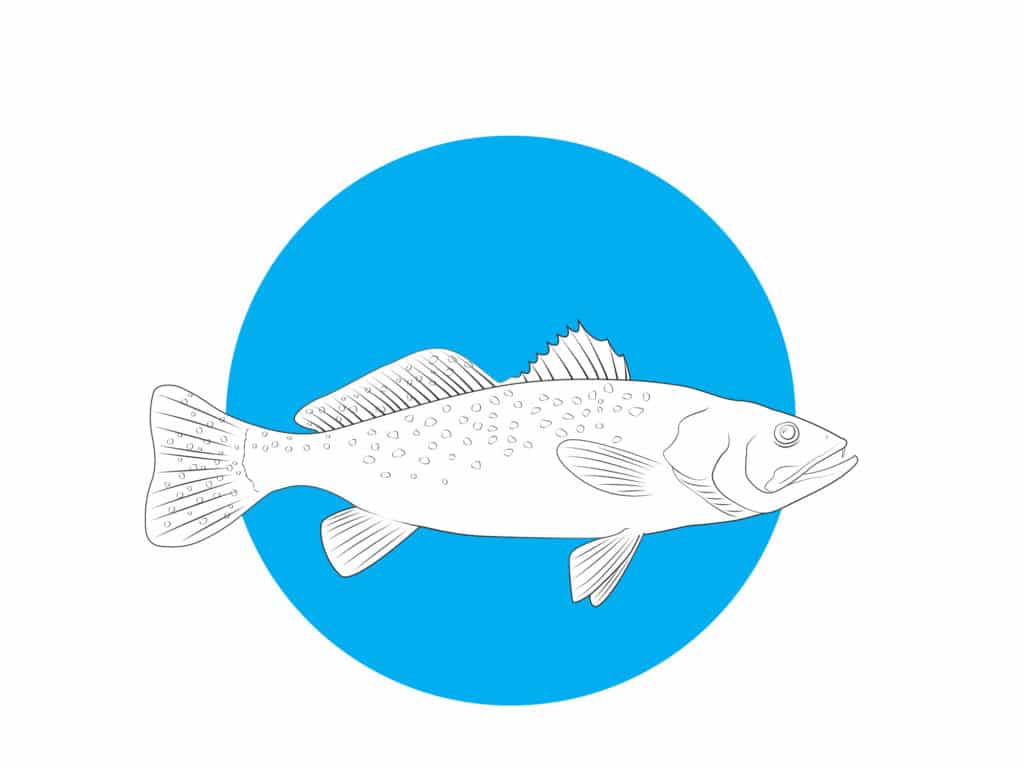
First choice: Texas
Second choice: Florida
Cooling temperatures bring more trout to the shallows along the Texas coast. Casting soft plastics or suspending live baits under a popping cork—while drifting grass flats or wading waist-deep around oyster bars—pays dividends. In Florida, big gator trout venture up the flats to ambush prey during early mornings. Walk the dog with a topwater or work a suspending plug over and around sand holes to fool some big girls.
Dolphin
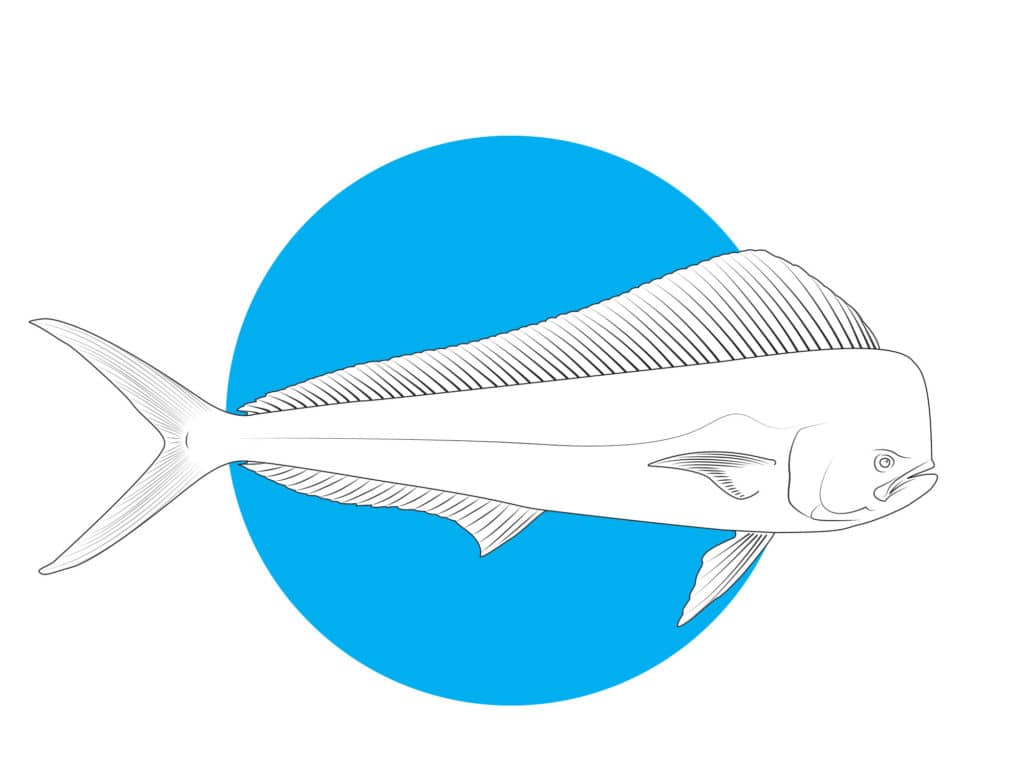
First choice: Panama
Second choice: Costa Rica
Rainy season ends in Panama, leaving behind a trail of floating debris drifting at sea and gathering wherever currents collide. Patrolled frequently by dolphin on the hunt, said flotsam offers boats visible targets to concentrate their efforts. In neighboring Costa Rica, sport-fishing fleets out of Drake Bay, Golfo Dulce, Quepos and Los Sueños take advantage of a similar situation.

